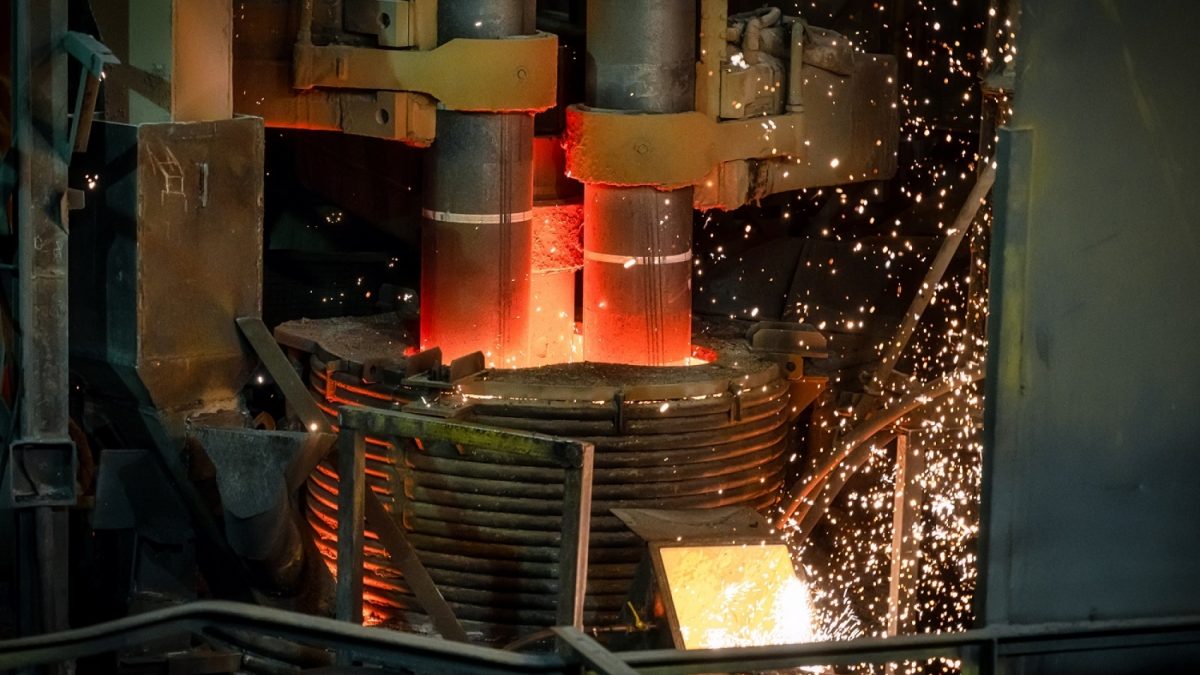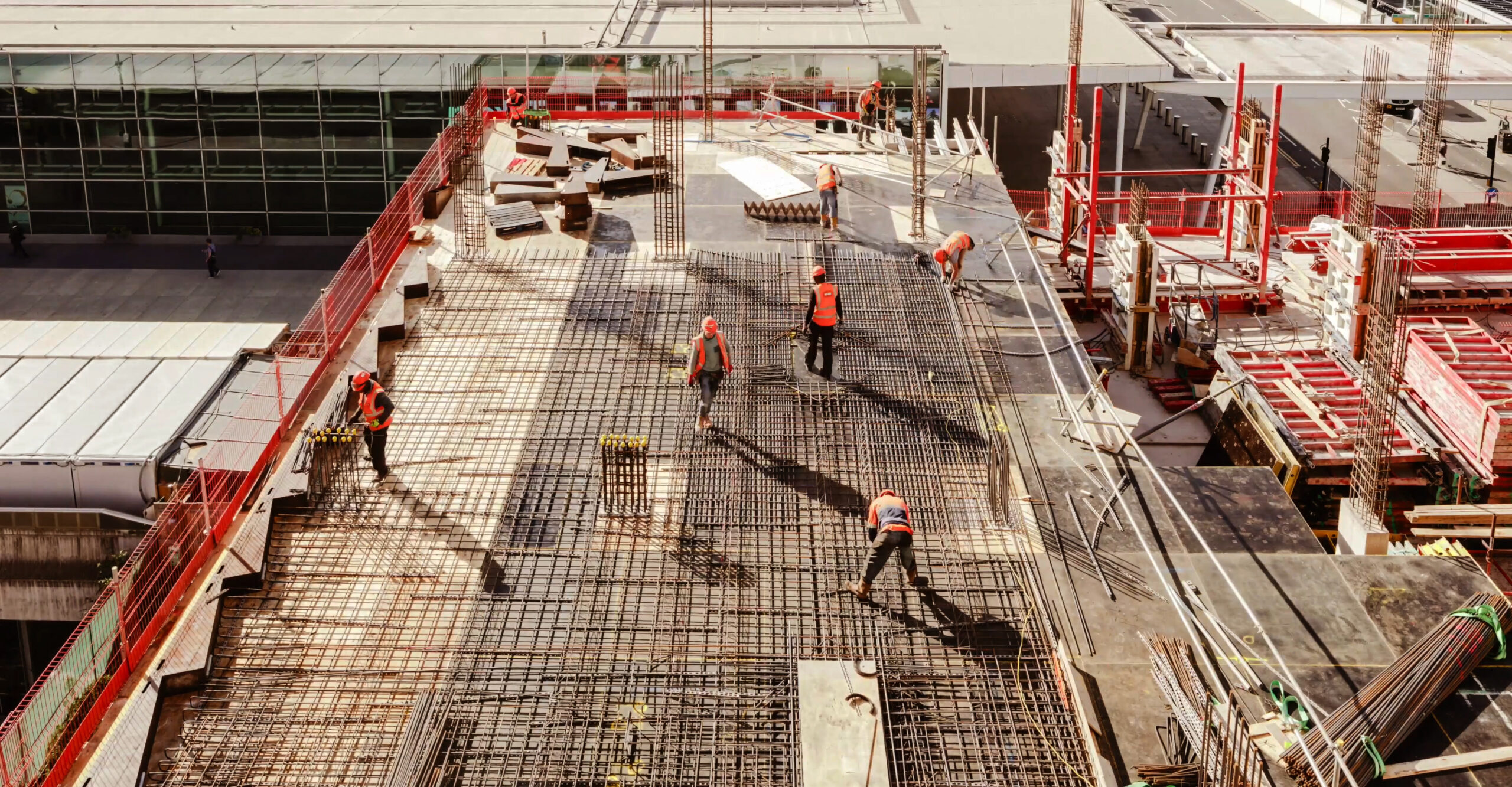As the world grapples with the urgent need to address climate change, the decarbonisation of heavy industry has emerged as a critical challenge and opportunity. In fact, sectors such as steel, cement, and chemicals—which contribute significantly to global emissions—can transition to a low-carbon future while maintaining economic growth.
Heavy industry accounts for 25% of global CO2 emissions, with steel, cement, and chemicals responsible for 70% of that share. As developing nations such as India continue to grow rapidly, balancing increased demand for industrial products with the need to reduce emissions presents a complex challenge.
India, the world’s second-largest producer of steel and cement, exemplifies this dilemma. The country’s steel production is projected to more than triple by 2050, potentially adding 500 million tonnes of CO2 emissions annually. Similarly, India’s cement sector plans to expand capacity significantly in the coming years—it currently possesses an installed capacity of 595 million tonnes and intends to expand further by adding 150-160 million tonnes between fiscal years 2025 and 2028—while the chemical industry is set to grow from $178 billion in 2019 to $304 billion by 2025—so the stakes couldn’t be higher.
Pathways to decarbonisation
But amidst these challenges lie unprecedented opportunities. There are several promising pathways for decarbonisation, each offering a unique blend of environmental benefits and economic potential. Clean hydrogen, for instance, is emerging as a game-changer. This clean fuel alternative could serve as both a feedstock and heat source, potentially revolutionising industrial processes. India’s ambitious target to produce 2.5 to 3 million tonnes of green hydrogen annually by 2030 underscores the nation’s commitment to this technology.
Electrification powered by renewable energy is another frontier being explored. Companies like Arcelor Mittal Nippon Steel are leading the charge, partnering with renewable energy providers to power their operations. Their initiative to meet 20% of their Gujarat plant’s electricity needs from renewables is set to slash emissions by 1.5 million tonnes annually – a testament to the impact of such transitions.
The concept of circularity is also gaining traction, with policies like India’s National Steel Scrap Policy of 2019 promoting the use of recycled materials. This approach not only reduces the need for virgin resources but also cuts down on energy-intensive processing, creating a win-win scenario for both the environment and the bottom line.
Challenges to decarbonisation
However, the path to industrial decarbonisation is not without its hurdles. Many crucial technologies are still in their infancy, requiring substantial development and validation. The current high costs of green alternatives – clean hydrogen production, for example, needs a 50% cost reduction to become competitive – pose significant barriers to widespread adoption.
The longevity of existing industrial assets further complicates the transition. With heavy industry plants typically having a 30-40-year lifespan, the global average currently stands at 10-15 years, potentially slowing the shift to newer, cleaner technologies. Market competitiveness concerns and a current lack of strong demand for green materials add additional layers of complexity to this transition.
Levers for accelerating decarbonisation
Yet, these challenges are not insurmountable. There are several key levers to accelerate decarbonisation, emphasising the crucial role of continuous technological innovation. The dramatic cost reductions seen in solar energy over recent decades serve as an encouraging precedent for what’s possible in other green technologies.
Government intervention emerges as another critical factor. Policies ranging from standardised definitions of green products to carbon pricing mechanisms can create the necessary framework for change. India’s Perform, Achieve, and Trade (PAT) programme, which sets energy efficiency targets for industries, exemplifies how regulatory schemes can drive sustainable practices.
Financing this transition is a mammoth task, with an estimated $5.5-8 trillion required between 2015-2050. However, innovative financial instruments are rising to the challenge. Sustainability-linked loans and bonds, along with the incorporation of environmental standards in financial decision-making, are paving the way for a new era of green finance.
As we stand at this pivotal moment, the decarbonisation of heavy industry represents both a critical challenge and an unprecedented opportunity. It’s a chance to reimagine the foundations of our global economy, creating a future where industrial might and environmental stewardship go hand in hand. The transformation won’t happen overnight, but with concerted efforts from industry leaders, policymakers, and financial institutions, a greener, more sustainable industrial landscape is within reach.
In this new paradigm, economic growth and environmental responsibility are not competing interests but complementary goals. As demand aligns with net-zero aspirations, the economics of sustainable heavy industry will inevitably improve, opening new avenues for innovation, job creation, and global competitiveness.
The green revolution in heavy industry is more than just a shift in production methods; it’s a reimagining of what’s possible. It’s about forging a future where the backbone of our global economy becomes a champion of sustainability. As we move forward, the companies and nations that embrace this transition won’t just be environmental leaders – they’ll be the economic powerhouses of tomorrow, proving that in the 21st century, green is indeed the new gold.



